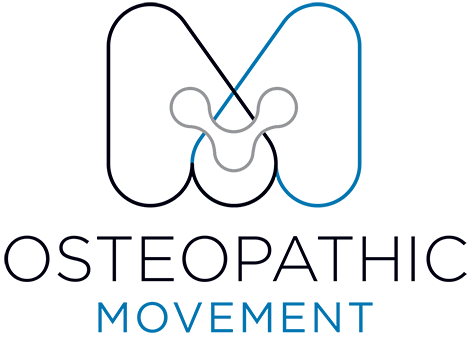Your Body. Your Responsibility.
Your Body, Your Responsibility.
How much do you really know about your own body?
If your answer is not much, you’re not alone. Most people only think about their body when something hurts — but learning to understand it is one of the most powerful steps you can take toward long-term health.
Here’s the good news: you can fix yourself.
All you need is a small amount of space, a foam roller, and a firm massage ball (tennis, lacrosse, or golf ball – anything hard and round).
Developing Body Awareness
As osteopaths, we spend years studying how the body moves, compensates, and heals. We often forget how little body awareness most people have until we see them struggling to describe where their pain even is.
Becoming more aware of what you feel — tightness, restriction, asymmetry — is the foundation of self-care. The more you can recognise changes in your body early, the easier it is to resolve problems before they become major injuries.
Taking Responsibility for Your Body
Osteopaths are experts at identifying pain sources, addressing dysfunction, and restoring movement. We do this through hands-on manual therapy such as:
Soft tissue massage
Stretching and joint mobilisation
Dry needling
Myofascial cupping
But outside of the treatment room, you can continue this process at home. By learning to identify restrictions and apply simple self-release or mobility techniques, you take back control over how your body feels and functions.
This shift from external to internal control is powerful. You stop relying on others to “fix” you and instead build the skills to maintain your own movement health.
Step 1 – Awareness
Start by paying attention to what you feel.
Ask yourself:
Where is the pain? Left or right? Central or both sides?
Is it sharp and catching, or dull and achy?
What movements aggravate or ease it?
You don’t need to know exact anatomy — just observe patterns. Awareness is the first and most important step in self-management.
Step 2 – Explore and Experiment
Once you’ve identified the area of discomfort, start exploring it.
Press gently around the sore region. Which areas feel ropey, tight, or tender? Which feel relaxed?
If pressing on a certain spot reproduces your pain, you’ve likely found part of the problem.
Try using your massage ball to work through that tension:
Lean against a wall or lie on the floor.
Hold pressure on the sorest spot for 10–20 seconds, breathing deeply until it eases slightly.
Then slowly roll through the tight area for one to two minutes.
Re-test your movement — does it feel easier or less painful?
If so, you’re on the right track. If not, move to the next area and repeat the process.
Step 3 – Stretch and Mobilise
After releasing tight tissue, stretch the surrounding muscles to restore balance and range of motion. For example:
If your hips feel tight, try a standing quad stretch.
Follow with a hip-flexor lunge stretch or glute stretch on your back.
Hold each stretch for 30 seconds, three times, once or twice per day. Focus on restoring symmetry — if one side feels tighter, give it extra attention.
Step 4 – Gentle Motion for Acute Pain
If you’re in acute, sharp pain, avoid aggressive stretching. Instead, introduce small, pain-free movements to reassure your nervous system that it’s safe to move.
Examples:
Low back pain: lie on your back, knees bent, and gently rock them side-to-side within a comfortable range.
Neck pain: rotate your head slowly left and right or tilt side to side, only as far as feels comfortable.
These movements help muscles relax and joints “unlock” naturally, reducing spasm and guarding. Once the sharp pain settles, you can return to the self-massage and stretching techniques above.
Building a Long-Term Understanding of Your Body
Over time, you’ll begin to recognise patterns — such as which muscles tighten when stress builds or which restrictions lead to recurring pain. For example, you may notice that when your lower back tightens, your hip flexors or glutes are the true culprits.
This awareness helps you intervene early and prevent flare-ups before they limit your activity.
The Takeaway
Learning to read your body gives you the power to manage tightness, stiffness, and minor aches effectively. Small, consistent self-care habits — rolling, stretching, and mindful movement — can make a major difference in how you feel every day.
Of course, if your pain is severe, persistent, or worsening, it’s best to see an osteopath for assessment and treatment. But developing these self-management skills means you’ll recover faster, maintain mobility longer, and take true responsibility for your body.
Book Your Appointment
If you’d like professional guidance on how to manage your pain or improve your mobility, our experienced osteopaths can help you move better and feel your best.
• Meet our South Yarra osteopaths
• Explore our Osteopathic Movement wellness centre
• Book your appointment online
Written by Dr Dayne Sweres (B.AppSci (CompMed), M.Osteo) – Founder, Osteopathic Movement, South Yarra.
